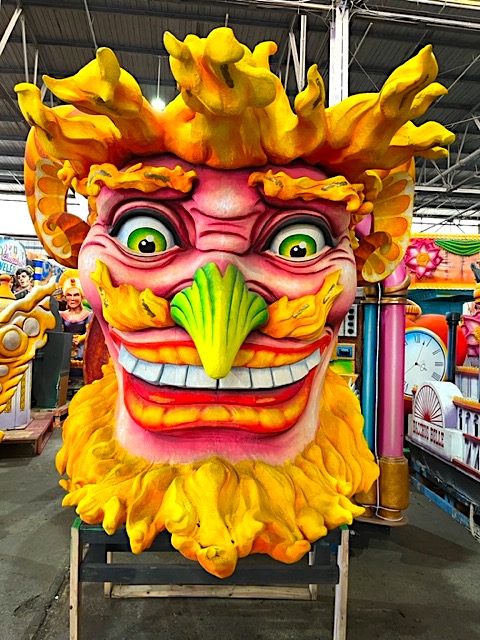
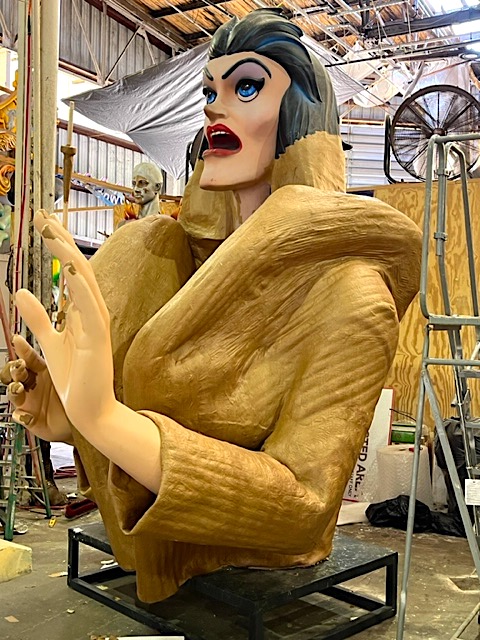
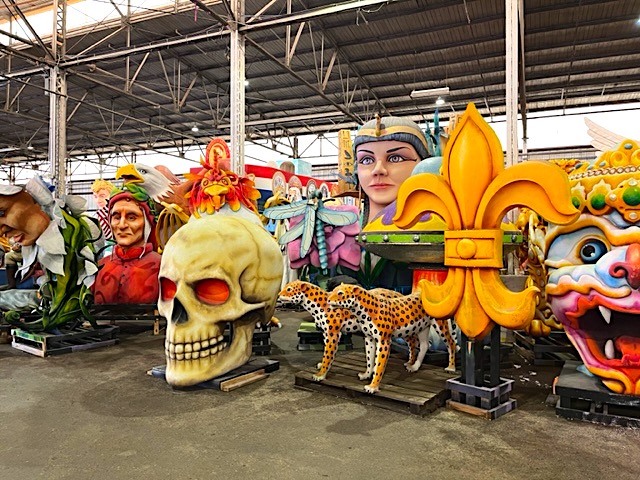
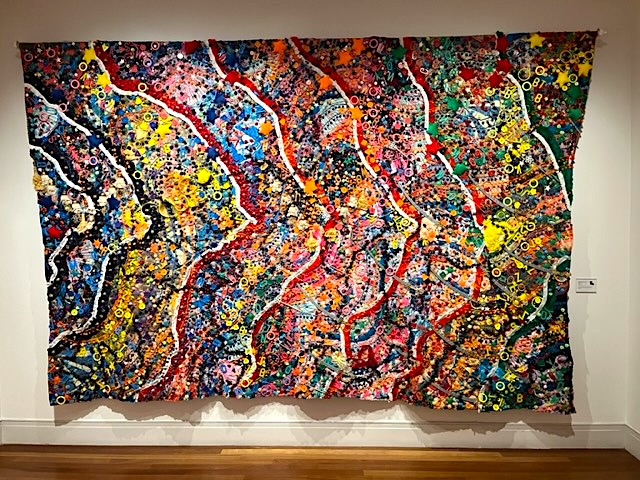
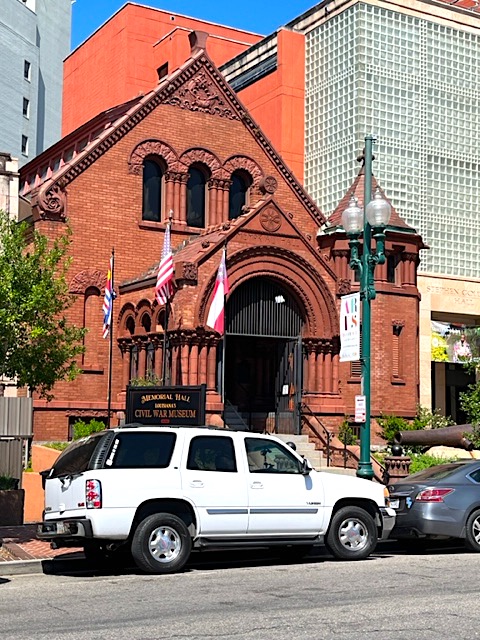
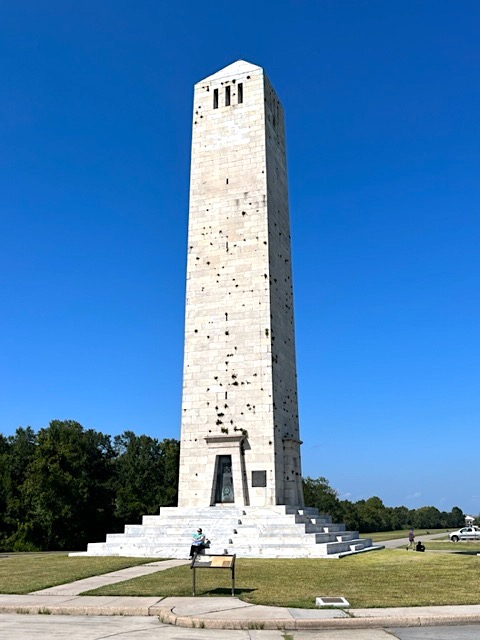
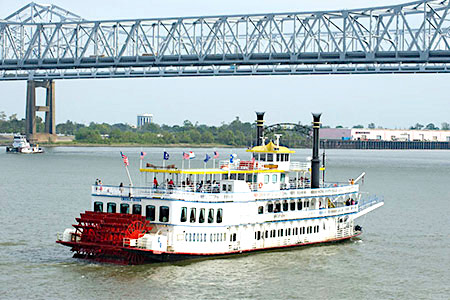

After breakfast at our hotel, we visited Mardi Gras World, a 300,000 square foot working warehouse where floats are made for more than 40 Mardi Gras parades in New Orleans each year. A man by the name of Blaine Kern, Sr. founded this family of float builders back in 1946 and in 1984 began allowing visitors a behind the scenes look at the float building process. Mr. Kern traveled to Europe to learn his float building techniques and gained an international reputation in float building. He has also created floats beyond New Orleans for Las Vegas, Mobile, Galveston, Montreal, Universal Studios Mardi Gras parade and for many corporate events.
Our next stop was at the Confederate Memorial Hall Museum containing artifacts related to the Confederate States of America and the American Civil War. It houses the second-largest number of Confederate Civil War items in the world, behind the American Civil War Museum in Richmond, Virginia. It was established in 1891 by New Orleans philanthropist Frank T. Howard to house the historical collections of the Louisiana Historical Association. The museum is a beautiful reddish stone building built in the Romanesque style as it was designed by the architectural firm of Sully and Toledano of New Orleans. The interior main hall is constructed of rich Louisiana Cypress wood and features seven main trusses that transverse the room overhead.
The museum quickly grew a vast collection of Civil War items, mostly from personal donations. Today the museum contains more than 5,000 historical artifacts and continues to receive donations to its collection, mostly from families of those who served.
Next door to the Confederate Memorial Hall is the Ogden Museum of Southern Art dedicated to art by artists from 15 southern States and was established in 1999. The museum has been located in the Warehouse Arts District of downtown New Orleans since 2003.
This collection began with the donation of more than 600 works of art by New Orleans businessman Roger H. Ogden’s private collection. Since the original donation the museum’s collection has grown to more than 4,000 paintings, watercolors, drawings, prints, photographs, sculpture, wood and crafts. The current exhibits were remarkedly interesting by subject matter as well as media used.
In the afternoon we took a historic river cruise on the Creole Queen paddle wheeler. A local historian narrated the cruise offering 300 years of local history along the way. The cruise takes you downriver to the Jean Lafitte National Historic Park and the Chalmette Battlefield. The narration included stories of the founding of the city by the Lemoyne brothers, the expansion of the city into the “French Quarter,” the Louisiana Purchase and the Battle of New Orleans. At the battlefield we had one hour to tour the park with a National Park Ranger and to check out the visitor center. In the visitor center they have many exhibits and films about the Chalmette Battlefield.
For dinner we ventured out to a local restaurant not far from our hotel called Creole House. They serve all types of food from traditional New Orleans Po’boys and gumbo to salads, shrimp, fish and more. The food was good although it was a very noisy restaurant.
